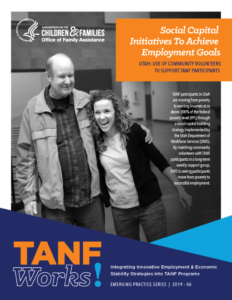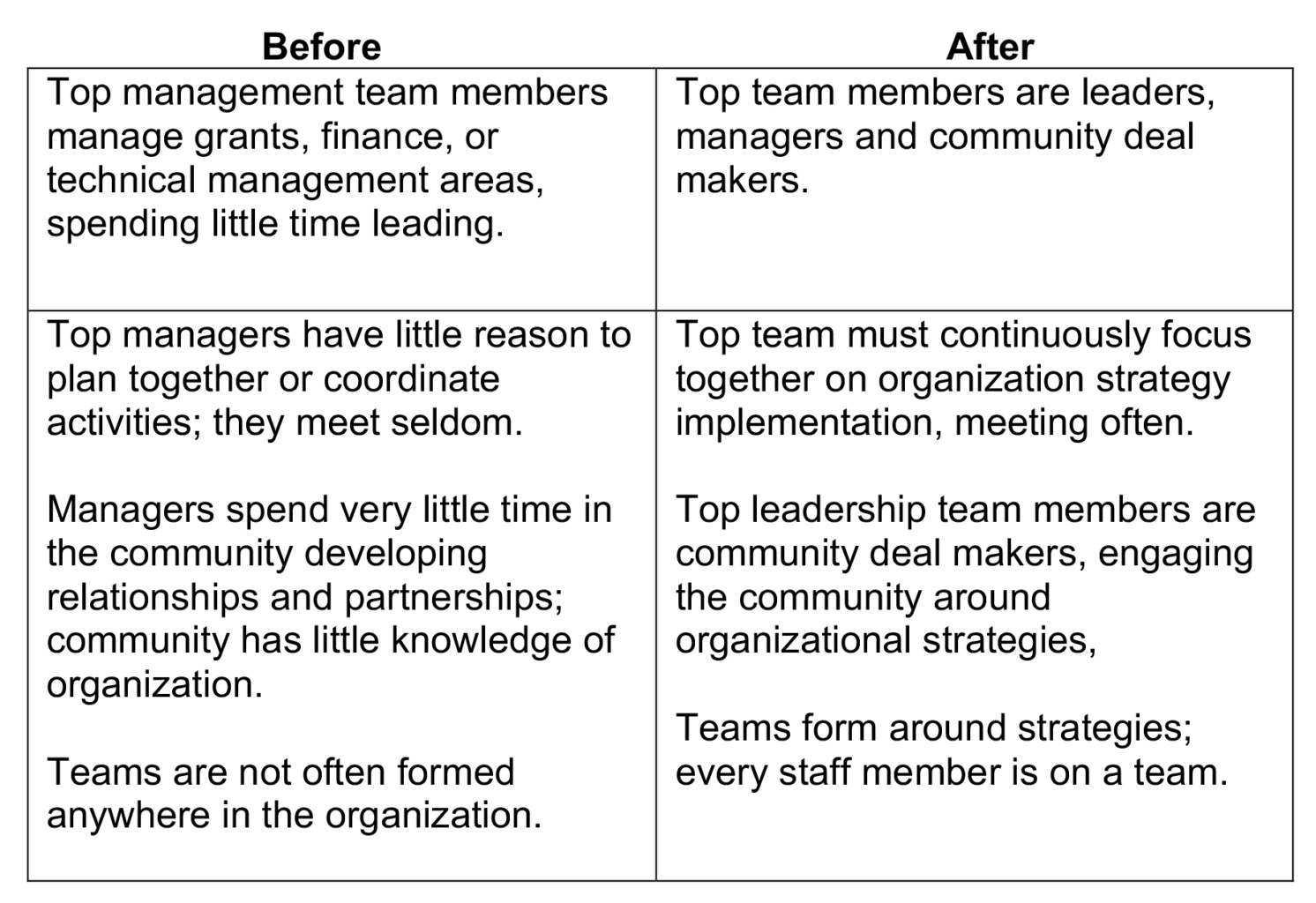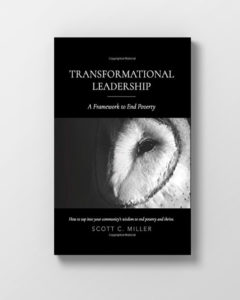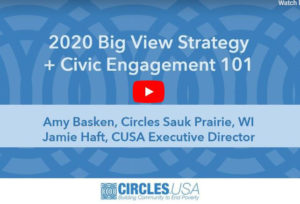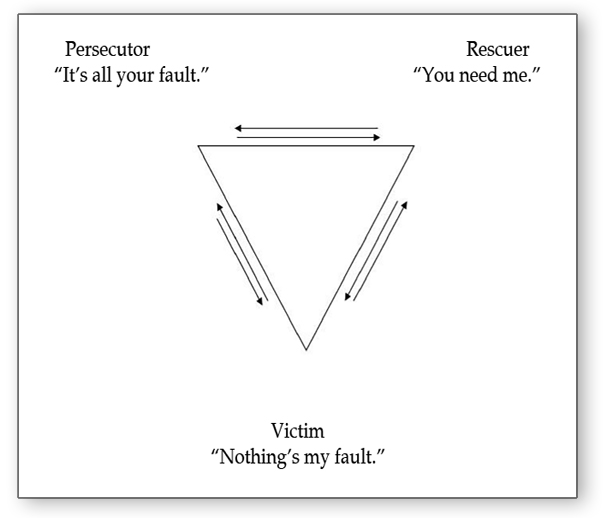“Science fiction is the very near future.” –Mark Lautman, author of When the Baby Boomers Bail
Looking into his crystal ball, my friend and colleague Mark Lautman, national economic development architect and author of the book When the Boomers Bail , gave me his well-informed forecast about the emerging economy. He tells me we are dispensing with most blue-collar jobs and even the white-collar ones like attorneys, mortgage brokers, etc.that can be done with automation and artificial intelligence. On the one hand—good — people don’t have to do as much grunt work. But where are the jobs for all the people we want to support out of poverty? Although it is unclear, there may be a completely new concept of an economy being birthed that holds the promise of providing people with enough money to pursue enough meaning and friendships to thrive. This new economy will likely be a hybrid of paid work, community work, and a new level of sharing that reduces expenses while increasing a sense of community with others.
I realized that our program, Circles USA, and other approaches like it are offering intentional communities where people have each other’s back to help secure basic needs as well as to advance in the emerging economy. In Circles, we recruit people from middle-income and upper-income households to enter into powerful and meaningful relationships with people who want to become economically stable. Ironically, many volunteers recognize that they, like me, carry around a lot of financial anxiety through unconscious spending. The relentless pursuit of making and spending money has contributed to both a sense of ennui and isolation. We are sacrificing time for meaningful activity and quality friendships in pursuit of the quick fix that a new purchase provides. I suggested to our Circles USA leadership team that it was time to refocus on the message of supporting everyone to have enough money, meaning, and friends . We need a new American Dream that will help more people live happier lives.
Too Much Evolves into Just Enough
Using a more appropriate measurement than the outdated poverty guidelines adopted in the mid-’60s by the federal government, the current economy, according to a recent New York Times report, is generating a 50% poverty rate. The official White House assertion in 2018 was that the poverty rate is actually 3%. Quite a difference in the “facts.” Regardless of what the rate really is, the emerging economy is trending toward more disparity and fewer people experiencing the ideals of the American Dream of the ’50s, ‘60s, and ‘70s. Therefore, new structures such as Circles are emerging to help people learn not only how to have enough money, but enough meaning and friends as well.
According to the website Sapiens, https://www.sapiens.org/debates/simplicity-culture, almost 60 million people in the United States are embracing voluntary simplicity — working fewer hours, spending less money, and being more mindful about how they live. Perhaps the Great Fog is beginning to lift for a critical mass of us.
From the book: Enough Money, Meaning & Friends ~ By Scott C. Miller
To learn more about Scott Miller, please see his website here.


